Burst lining procedure
New pipe, larger cross section
Trenchless replacement of gas,
water and effluent pipes
Application area
The burst lining is regarded as the all-rounder in trenchless technology. Gas, water and effluent pipe systems consisting of brittle fracturing (grey cast iron, fibre cement, PVC, stoneware, concrete, etc.) and tenacious (steel, ductile cast iron, PE, etc.) old pipe materials can be replaced.
Practically all new pipe material is suitable for this technology. PE pipes with a protective jacket, spheroidal graphite iron pipes with exterior cementing and steel, PP and GRP pipes in particular have proven their reliability.
The structural burst lining procedure can be used for nominal diameters of 50 to 1000 mm, depending on the machine type involved.
Cutting lengths up to 200 m can be achieved without an
intermediate trench, but house service connections and shaped fittings need to
be dug out and replaced.
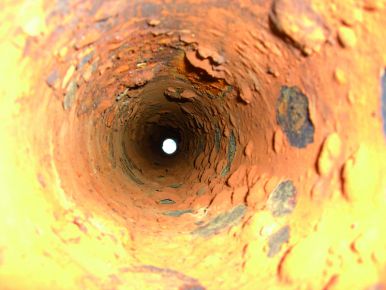
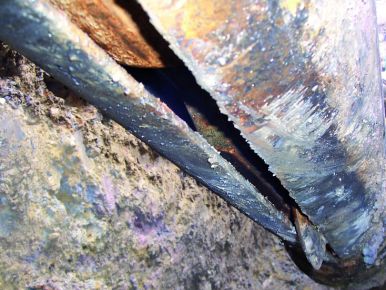
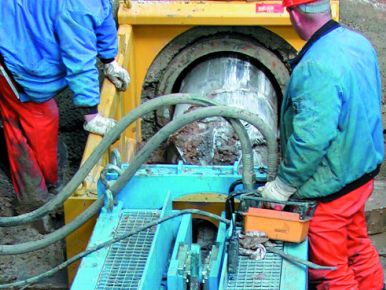
Quality assurance
In addition to cost-effectiveness, the high degree of quality
assurance achieved speaks in favour of the burst lining procedure, ensuring it
conforms to acknowledged engineering rules. New pipe materials with extremely high protection properties
developed specially for the burst lining technique make the procedure extremely
safe. All data relevant to quality, especially tensile forces acting on
the new pipe, are electronically recorded and documented. A continuous online tensile force monitoring option fulfils all
the requirements for a modern rehabilitation procedure characterised by the
highest standards of quality.
Procedure description
Leaks in pipe systems caused by corrosion, cracks, ruptures,
misalignment or intruding root formations force network operators to take
action. Trenchless rehabilitation has proven to be the most effective and
durable technology in this respect. The structural burst lining procedure enables renewal of the most
varied materials with differing diameters in pressure or gravity pipe systems
in the most ingeniously simple manner. A special rod is forced from the machine trench through the
existing pipe in the case of the hydraulic burst lining system. The rod is connected to a bursting and expansion head in the pipe
installation trench. The old pipe is cleared or cut under control by drawing out the
bursting head with the bursting system, while the frequently larger new pipe is
drawn in at the same time. The new pipe can be up to three nominal diameters larger than the
old pipe, depending on the cutting length, dimension and soil consistency. In addition to a frequently significant cost saving, many other
advantages, such as minimising of excavation work, the preservation of parking
and traffic surfaces, avoidance of storage and transport of lifting material,
etc. speak in favour of the use of burst lining technology.
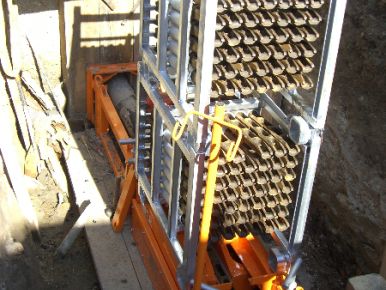
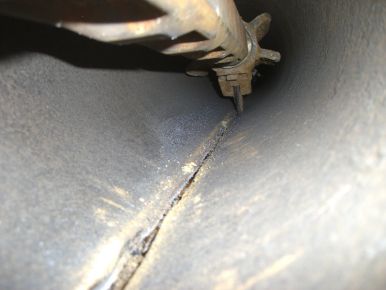
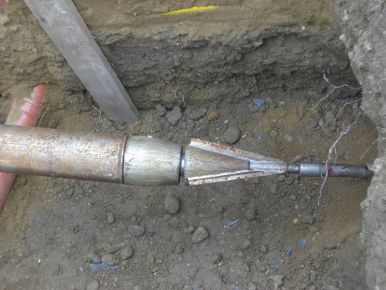

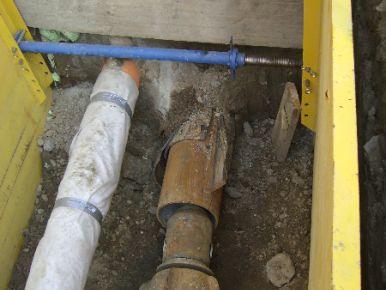
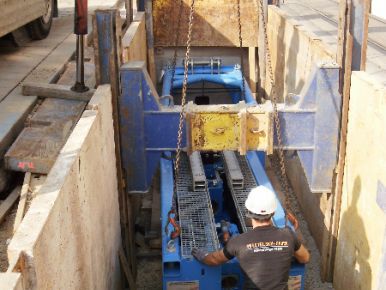
Swietelsky-Faber GmbH Kanalsanierung
Hauptstraße 2
D-55483 Schlierschied
Tel.: +49 (0) 67 65 94 93 79 0
Fax: +49 (0) 67 65 94 93 79 90













